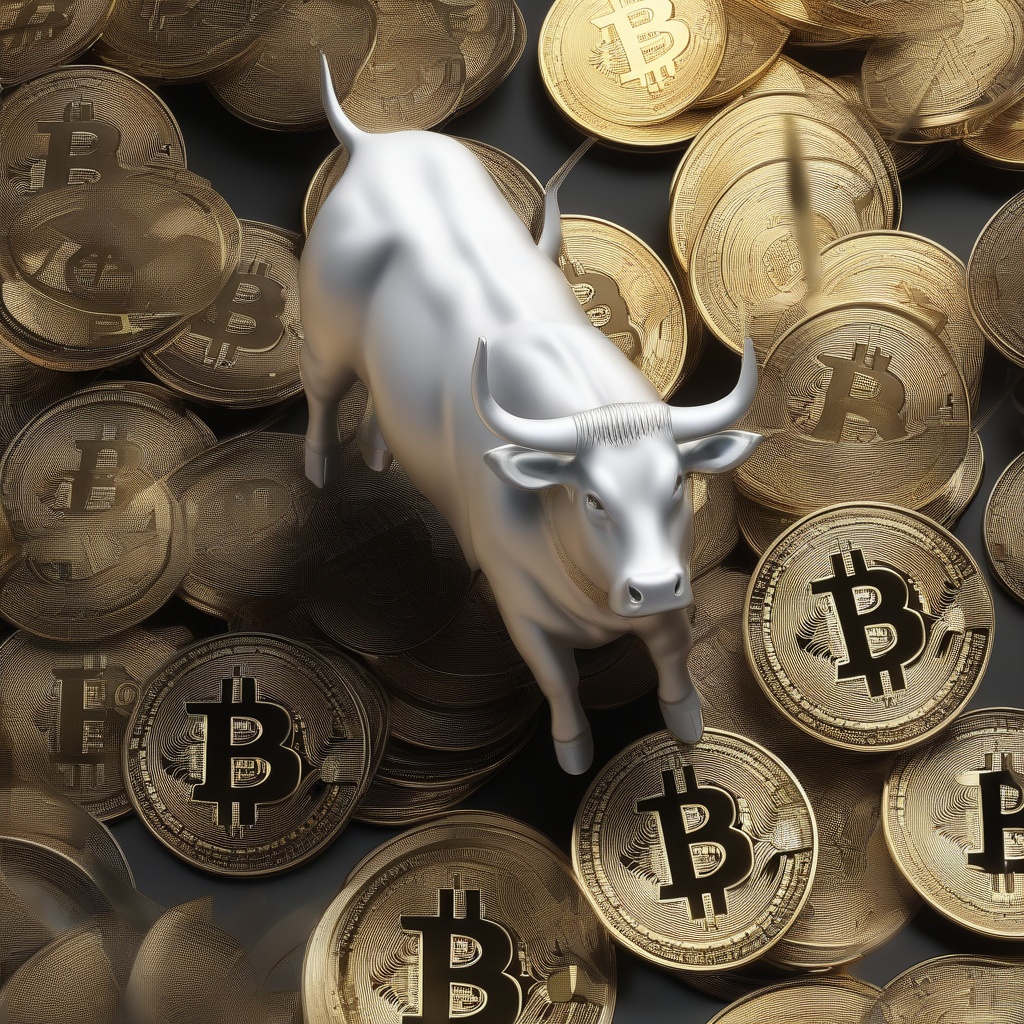What if bitcoin reaches $1 billion?
If Bitcoin were to reach a staggering value of $1 billion per coin, it would undoubtedly revolutionize the entire cryptocurrency landscape. But let's delve deeper into this hypothetical scenario. Firstly, would such a monumental increase be sustainable? What would be the economic implications, both domestically and globally? Would governments intervene, perhaps through stricter regulations or even banning the digital asset? Would other cryptocurrencies, such as Ethereum or Litecoin, experience similar growth or perhaps suffer due to Bitcoin's dominance? Furthermore, how would the average consumer be affected? Would they be able to afford even a fraction of a Bitcoin? And finally, what would be the social implications of such a significant milestone? Would it solidify the belief in cryptocurrency as a viable investment, or would it create further skepticism? These are just a few of the many questions that arise when considering the hypothetical scenario of Bitcoin reaching $1 billion.

What happens if bitcoin reaches its maximum supply?
With the finite nature of Bitcoin's supply, many in the cryptocurrency community are wondering: What happens if Bitcoin reaches its maximum supply? The answer is multifaceted. Firstly, the scarcity principle suggests that as supply dwindles and demand remains high or even increases, the value of each Bitcoin is likely to appreciate. However, this also poses challenges, as miners are incentivized by block rewards, which will eventually cease when the maximum supply is met. This could potentially lead to a decrease in mining activity, affecting the network's security and stability. Furthermore, with a fixed supply, the inflation rate of Bitcoin will approach zero, unlike traditional fiat currencies, potentially altering the economic dynamics of the Bitcoin economy. Understanding these implications is crucial for those invested in Bitcoin's long-term success.

What happens if circulating supply reaches max supply?
In the realm of cryptocurrency, one question that often arises among enthusiasts and investors alike is: What happens if the circulating supply of a particular digital asset reaches its maximum supply? The maximum supply, or "hard cap," is a predetermined limit set by the cryptocurrency's creators to ensure scarcity and potentially drive up the value over time. However, when this limit is approached or reached, there are a few key implications to consider. Firstly, the reduction in new coins entering the market may lead to a decrease in overall liquidity, as fewer coins are available for trading. This could potentially impact the speed and ease of transactions, as buyers and sellers may have to compete for a limited pool of coins. Secondly, the perception of scarcity among investors may drive up demand, resulting in an increase in the price of the cryptocurrency. As the supply dwindles and demand remains or grows, the laws of supply and demand suggest that prices should rise accordingly. However, it's important to note that these effects are not guaranteed and can vary depending on a range of factors, including market sentiment, overall cryptocurrency market conditions, and the specific use cases and adoption of the digital asset. In summary, while reaching maximum supply can have significant implications for a cryptocurrency's liquidity, price, and market position, the exact outcomes are unpredictable and dependent on a multitude of variables.

What happens when a coin reaches max supply?
In the realm of cryptocurrency, the concept of "max supply" plays a pivotal role in determining the long-term viability and scarcity of a particular digital asset. Could you elaborate on the implications when a coin reaches its maximum supply? Does it signify a stabilization in price? Or does it potentially spark a new wave of investor interest? How does the market react to this milestone, and what strategies do investors typically adopt at this juncture? Understanding the dynamics surrounding max supply is crucial for those navigating the crypto landscape.

What happens when a coin reaches the max supply?
In the world of cryptocurrencies, one of the fundamental parameters that sets each digital asset apart is its maximum supply. But what exactly happens when a coin reaches this predetermined limit? Does it become more valuable? Does its price skyrocket? Or are there other factors at play? Understanding the implications of a coin hitting its max supply is crucial for investors, traders, and enthusiasts alike. Does the scarcity principle take over, driving demand and subsequently prices upwards? Or are there other market forces that could potentially temper this upward pressure? Let's delve into this question and explore the various scenarios that could unfold when a cryptocurrency reaches its max supply.

